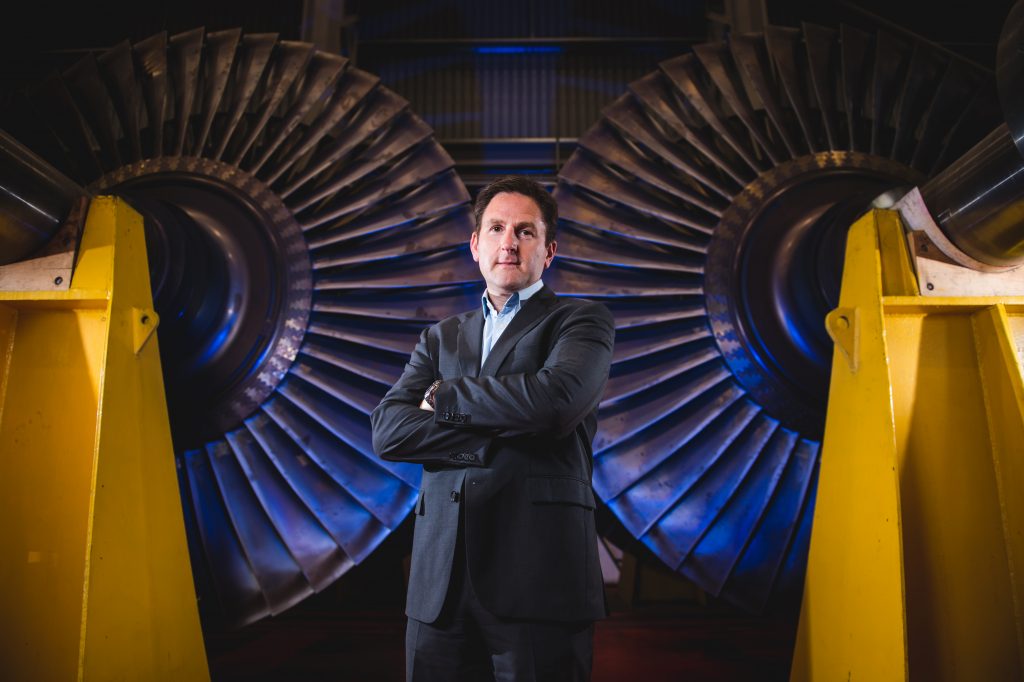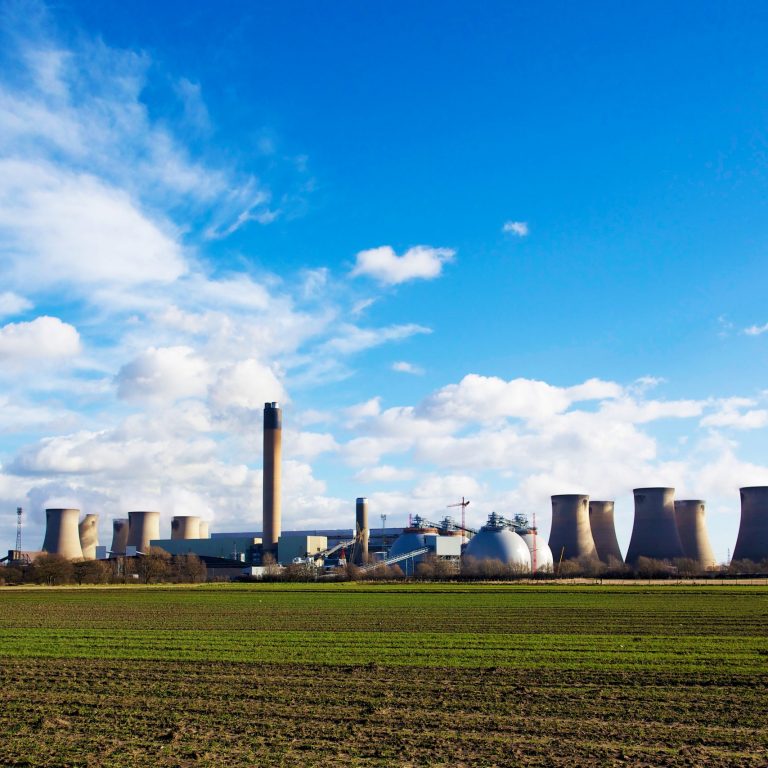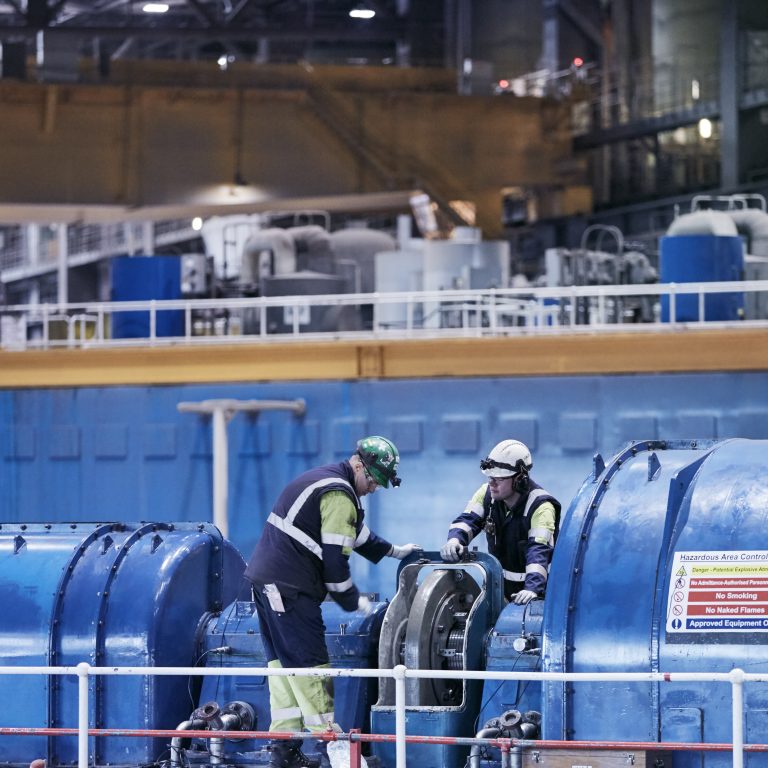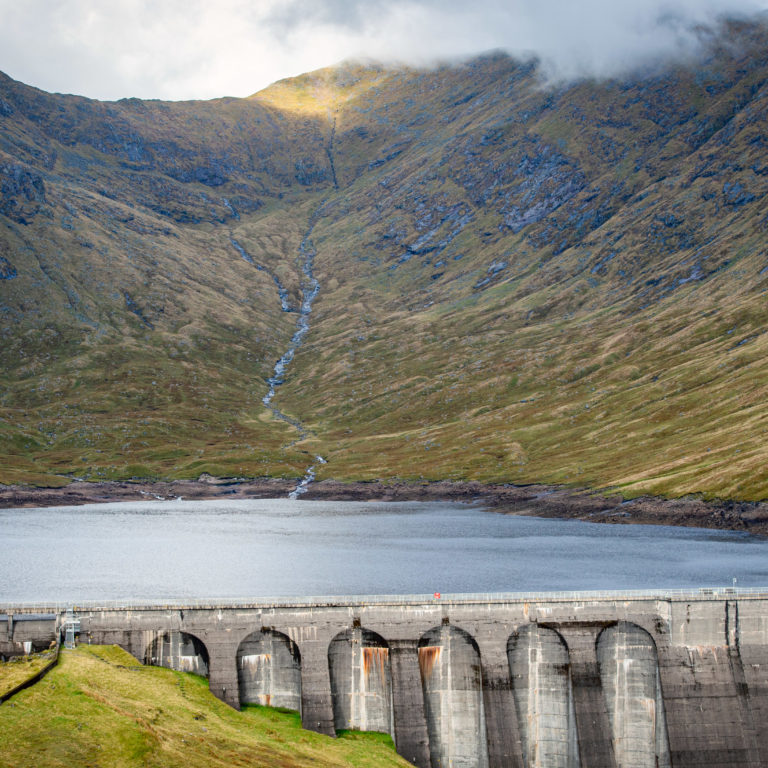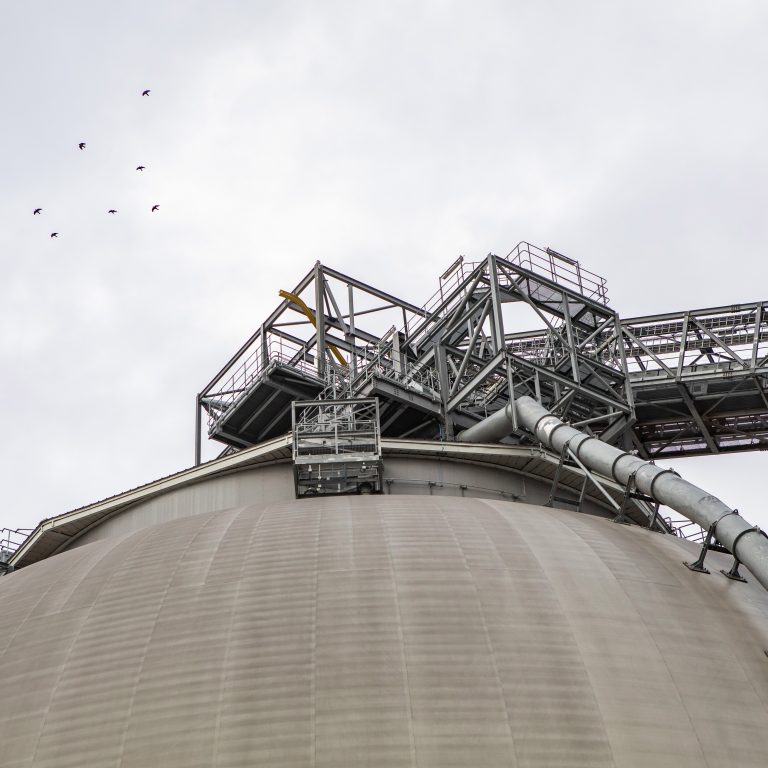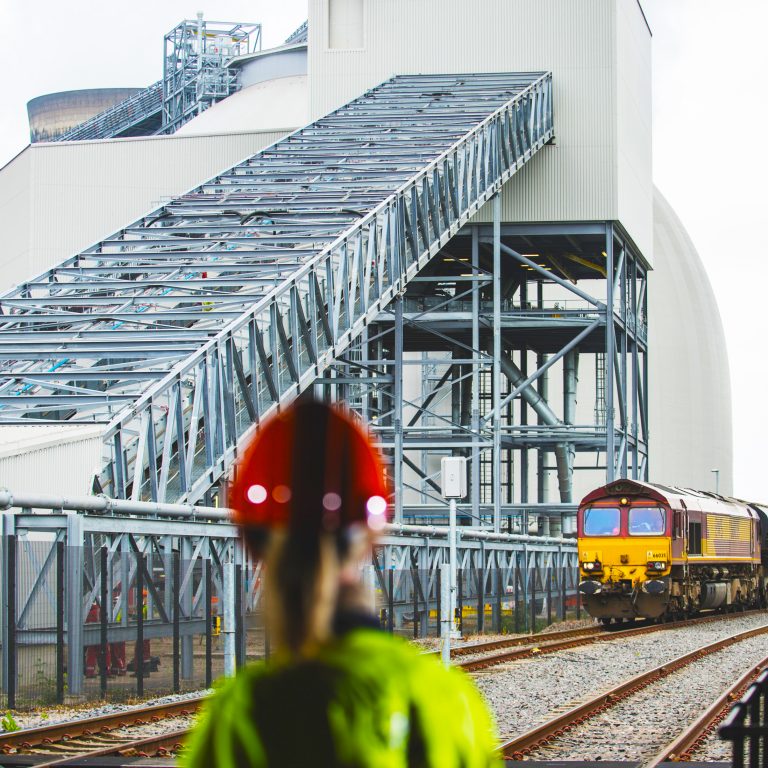Carbon emissions from electricity consumption in Britain are at their lowest level ever. Each unit of electricity produced now contains less than half the carbon it did four years ago. This pace of decarbonisation is ahead of expectations – it’s also entirely necessary.
Carbon dioxide (CO2) contributes to the warming of the planet and so limiting how much of it is released into the atmosphere is critical. Nowhere is this more important than in the power sector – one that has relied on carbon-intensive fossil fuels like coal for its lifetime.
The UK government has recently ramped up plans to end coal power generation by 2025, and since 2013, one of its methods for doing so has been an economic one: making organisations pay for every tonne of CO2 they release.
It makes carbon emissions an economic disincentive for businesses, but surprisingly, some of CO2’s biggest emitters fully support it – Drax included.
How do you put a price on carbon?
The EU was the first region to put such a scheme in place when, in 2005, it introduced the EU Emissions Trading System (EU ETS). Under this system, energy companies have to buy permits that allow them to emit CO2. But the price of those permits has historically been volatile – dropping as low as below £3 per tonne in 2014.
In 2013 the UK introduced the Carbon Price Floor (CPF), a means of bolstering the EU’s cost of carbon by setting a minimum price on emissions. Currently this is set at £18 per tonne, more than four times the value of an EU carbon permit.
More recently the CPF has become a point of contention as some industries claim it stifles progress and have called for it to be scrapped in the upcoming Autumn Statement.
This opposition has already caused blockers. Plans to raise the CPF to £30 per tonne by 2020 were halted by previous Chancellor George Osborne, who instead froze it at £18 until the end of the decade.
But this view isn’t universally shared. Drax, along with a number of other energy companies, including SSE and Calon Energy, recently wrote to the current Chancellor Philip Hammond to argue to keep the price in place until at least 2025.
In the letter we state the reason for our support plainly: we believe the Carbon Price Floor is central to the UK’s efforts to decarbonise its electricity system. In short, if we want a cleaner future, the CPF needs to remain in place.
Why price carbon?
Not only does a carbon tax disincentivise using CO2-heavy fuels and processes, it encourages investment in lower carbon and renewable energy sources by making them more cost effective relative to coal, diesel and fuel oil.
More than that, it places the decisions on how to reduce CO2 emissions into the hands of those making them. As long there is a societal cost to global warming, it makes sense to put a cost to the emissions that cause it.
In 2009 Drax began an upgrade of our power station to run on biomass. It was a decision to pursue decarbonisation on our own terms made by people with the knowledge of how best to achieve it. Today three of our six units are powered by compressed wood pellets, which has seen an 80% reduction in carbon emissions when compared to coal.
It’s also a significant revenue driver for the country. The levy is expected to raise £1 billion this year, while globally the World Bank estimates the value of implementing carbon pricing initiatives at a little under $50 billion dollars.
The revenue is significant, but so too are the impacts on emissions. Since 2012, the UK’s carbon emissions have fallen by over 4.5% a year and on May 5th, the country reached a milestone: the first time since 1881 the UK was powered without burning any coal.
This evidence sets out a clear argument. The CPF contributes to reducing carbon emissions, and for this reason it’s important it remains a part of the UK’s decarbonisation strategy. Scrapping it would be a grave error in the UK’s future energy plans and could limit our ability to meet the Paris Agreement targets.
2016 has already been an historic year for the electricity industry in Britain. But if the CPF is scrapped it will become a milestone year for different reasons. Rather than the year in which low-CO2 power generation took a step forward, it will be the year a decarbonised electricity future drifted further from our reach.








